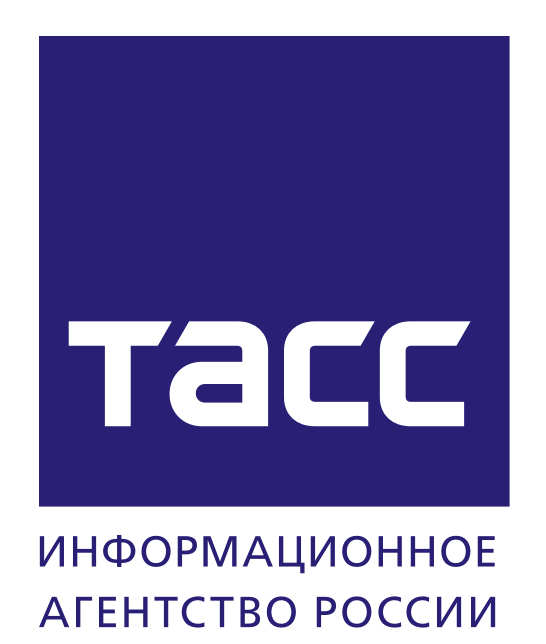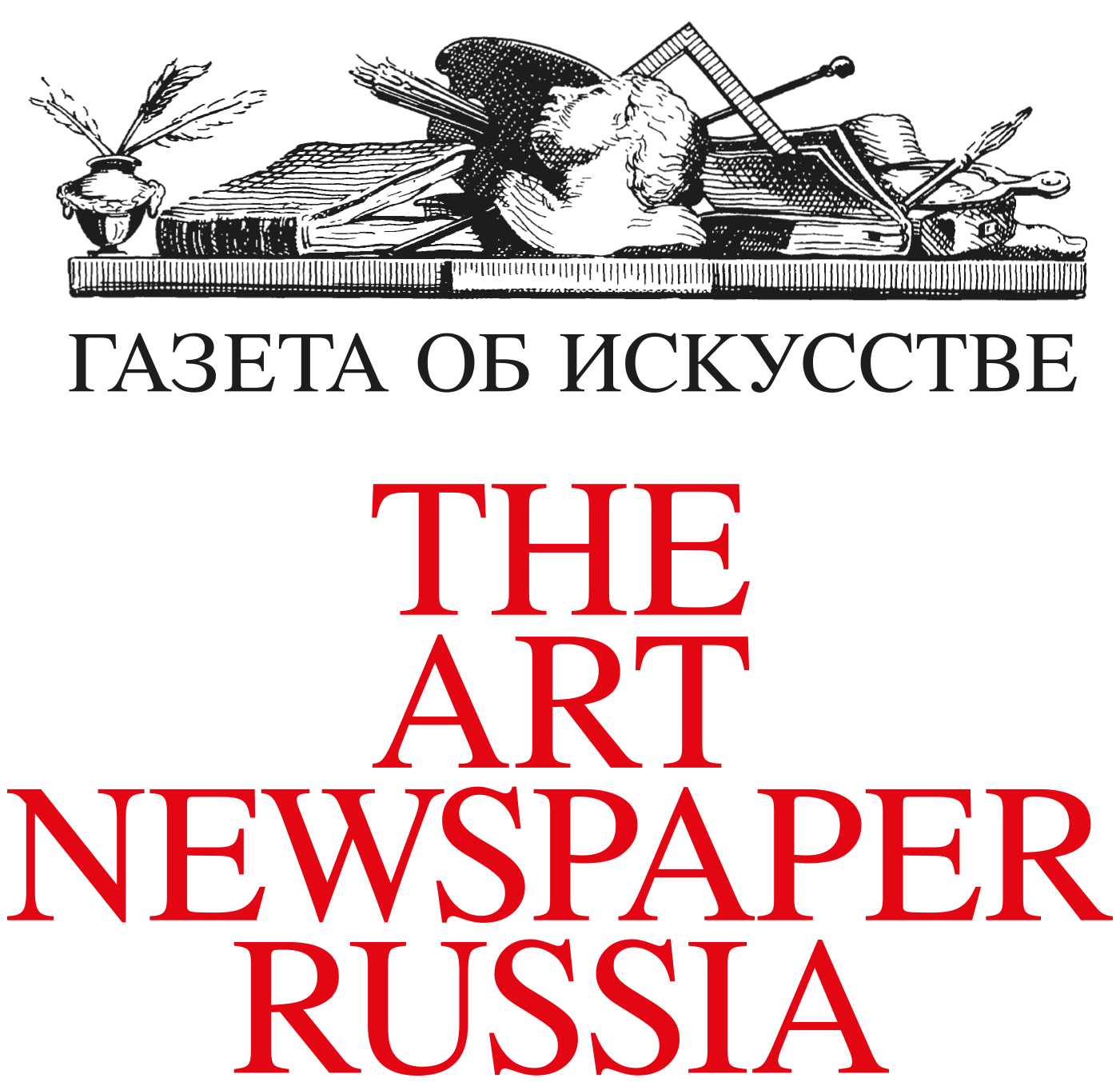The Pushkin State Museum of Fine Arts marks the end of 2018 with “Guardians of Time,” an exhibition of ancient Chinese ceramic sculpture. Statuettes of the animal symbols used in the Chinese calendar will be featured, covering a time period from the 2nd century BC to the 17th century AD.
The title refers to the traditional Chinese calendar cycle, popular all over the world. The cycle is divided into five twelve-year periods. Each year is symbolized by an animal: Rat, Ox, Tiger, Rabbit, Dragon, Snake, Horse, Goat, Monkey, Rooster, Dog and Pig. Days are also divided into twelve periods, or “guardians” under the protection of the same symbolic animals.
The traditional ritual ceramic sculptures of dogs, pigs and boars, as well as compositions using the 12 symbolic calendar animals, date back to the Han, Tang and Ming dynasties in China. Sacral sculptures of this kind have rarely been displayed in Russia, so they will certainly be of great interest to the Russian audience and expand their knowledge about the art of the Far East.
2018 is the Year of the Dog according to the traditional Eastern lunisolar calendar adopted in China and some other countries. In China, the Year of the Fiery Red Rooster was succeeded by the Year of the Yellow Earth Dog on February 16, and the Year of the Yellow Earth Pig will begin on February 5, 2019. Therefore, the exhibit mostly contains sculptures of dogs, as well as several boar and pig figurines.
Archaeological findings in China present us with rich artistic material to illustrate the traditional everyday life of the Chinese from ancient times. Belief in the afterlife and ancestor worship gave rise to the idea that people in the other world should be accompanied by the objects which surrounded them during their lifetime.
As early as 3,000-2,000 years BC, conventional rituals and the ancestor worship that is fundamental to the Chinese tradition were gradually being formed. The Chinese believed that souls are immortal. Those descendants who remain on earth must glorify their ancestors through their deeds. --- Since ancient times, lots of sacral items have been placed in burial sites, many of which have survived to this day: most of them are articles made of durable materials like bronze and green-stone, which were deemed sacred, as well as ceramics.
By the middle of the 1st millennium BC, the Chinese had abandoned human and animal sacrifices to their ancestors. These were gradually replaced by articles made of ceramics, wood and other materials — the so-called mingqi, meaning “bright things” or “models.” Artisans created models of people, animals, household items, military uniforms, etc. The best example is the burial place of Emperor Shi Huang, a member of the Qin Dynasty (221 BC–207 BC) who reigned from 221 BC to 210 BC. The construction of this complex featured a model of the universe, including a sky with celestial bodies; an earth with gardens, trees and rivers made of mercury; palaces with security mechanisms and many other details. It was described in the “Records of the Grand Historian” by Sima Qian (c. 146–86 BC), the famous historiographer of the Western Han dynasty (206 BC–9 AD). Specifically, Sima Qian mentioned that Qin Shi Huang was buried with an army. It sounded like an exaggerated fictitious narrative. However, when parts of the complex were uncovered in 1974, it became clear that Sima Qian’s description was correct. Several thousand life-sized ceramic soldier figures and horses were excavated, as well as two bronze four-horsed carriages with sculpted coachmen and numerous other articles; in other words, an “eternal army” was found. There are no other compositions on such a huge scale in the Chinese historical record; rather, the tradition was preserved in a simplified form. Sculptures of people, animal statuettes, building models and utensils were still made of metal, varnish, wood or clay, depending on the customer’s wealth, but they were much smaller in size.
The need to produce a large number of sculptures for altars and ritual purposes led to the development of the crafts. Many new techniques were used specifically to make mingqi: colored clays, molds, prints, special ceramic surface treatment, different baking temperatures and monochromatic and colored low-temperature glazes.
Animal figurines are a special kind of ritual statuettes: these are horses, dogs, pigs, birds and other creatures, as well as animal symbols of the twelve-year calendar cycle. For instance, dog sculptures have been discovered even in Neolithic tombs. They were placed near their owners, usually at the feet or sometimes near or under the master’s body. Judging by the discovered artifacts, these symbolic figurines were highly valued.
Marina Loshak, Director of the Pushkin State Museum of Fine Arts: “The art of the Far East, and especially the centuries-old, rich culture of China, has always attracted a lot of interest from the Russian audience. Visitors are sure to gain many new and interesting insights at this exhibition, which has a deep meaning and elegant form despite its moderate size. The artifacts demonstrate the utmost mastery of handcrafted molding and modeling, color painting and polychrome glazing. They reflect Chinese artists’ keen interest in their environment, their power of observation and their ability to capture details that fascinate modern audiences with their boldness and expressiveness. The forty or so displayed masterpieces are owned by several Moscow collectors, who to a large extent were the initiators of this exhibition.”
Exhibition curators: Maria Menshikova, Senior Research Fellow, Custodian of Chinese Applied Art Collection at the Oriental Department of the State Hermitage; Kira Vyazovikina, Senior Research Fellow at the Ancient East Department of the Pushkin State Museum of Fine Arts
EXHIBITION PARTICIPANTS
The State Museum of Oriental Art
PRIVATE COLLECTIONS
Cyrill Daneliya Collection
Mikhail Aldushenko Collection
Katya Arshavskaya Collection
Aleksey Golubovich Collection
Alexandra Ivanova Collection
Natalia Lebedeva Collection







